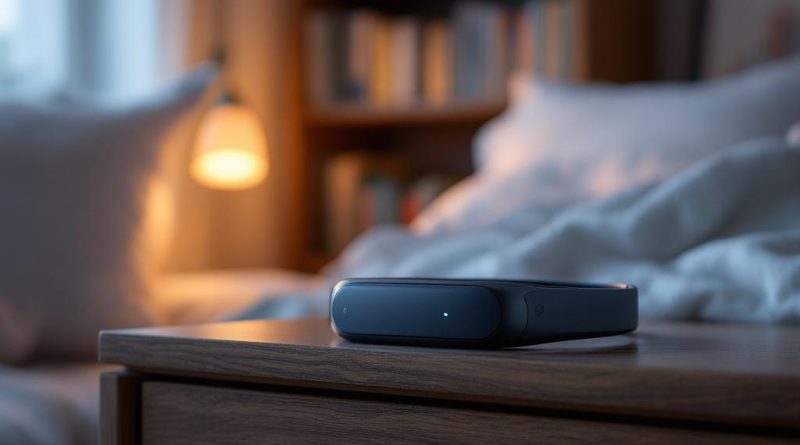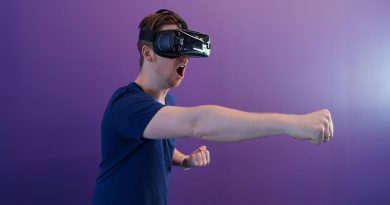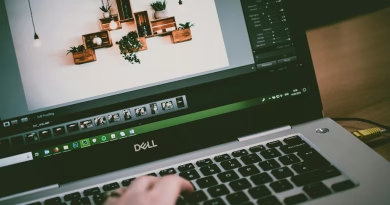I Used a Sleep Headband for a Week — Here’s What Happened
Let’s be honest: most of us don’t sleep nearly as well as we should. And while sleep apps and smart rings are helpful, I was curious — could a dedicated sleep headband actually improve how I sleep?
So, for 7 nights straight, I wore the Muse S (Gen 2) — a soft, EEG-powered sleep headband that promises to help you fall asleep faster, sleep deeper, and even wake up smarter. Here’s what happened when I gave it a shot.
😴 What Is a Sleep Headband?
Unlike smartwatches or rings, a sleep headband wraps around your forehead and temples. It uses sensors to measure brain activity, heart rate, and movement, and typically pairs with a mobile app to guide you with sounds or meditations.
The Muse S Gen 2 also offers real-time biofeedback and guided sleep journeys designed to calm your brain.
🛏️ Night 1: Weird, but Not Uncomfortable
Putting it on felt… futuristic. It’s soft and stretchy (like athletic wear) but has embedded sensors. I expected it to feel tight or awkward — but surprisingly, I forgot it was there after a few minutes. I fell asleep listening to its “go-to-sleep” audio program, which blends music, breathing cues, and real-time brainwave feedback.
Verdict: First night using it was oddly relaxing. Not placebo — I felt more focused on falling asleep.
🌙 Nights 2–5: The Deep Sleep Zone
Over the next few nights, something interesting happened. I noticed:
- Fewer wake-ups in the middle of the night
- More vivid dreams (likely from better REM cycles)
- Sleep felt deeper, even if total hours stayed the same
The app showed my deep sleep percentage rising by about 15% compared to my baseline (tracked via Apple Health + Sleep Cycle app).
Bonus: I started using it for 10-minute meditation sessions before bed too — it helped me unwind quicker.
⏰ Night 6: Smart Alarm, Smarter Wake-Up?
Muse has a “smart wake” alarm that aims to rouse you during your lightest sleep phase. It worked — I woke up about 15 minutes earlier than usual but felt way more alert.
Verdict: Probably my favorite feature. Better than a jarring phone alarm.
📉 Downsides?
- Pricey: At ~$399, it’s not cheap — though it sometimes goes on sale
- Charging daily: You need to charge it every 1–2 days
- Not for side sleepers: If you sleep strictly on your side, it may shift
🧠 Emma’s Takeaway
Would I recommend a sleep headband?
👉 Yes — but only if you’re serious about improving your sleep quality.
For casual tracking, a smartwatch or ring might be enough. But if you’ve tried sleep apps and still wake up tired, this is next-level sleep tech. The real-time brain feedback is genuinely useful — not just flashy data.
Best for: Biohackers, chronic light sleepers, or anyone exploring a more mindful sleep routine.




